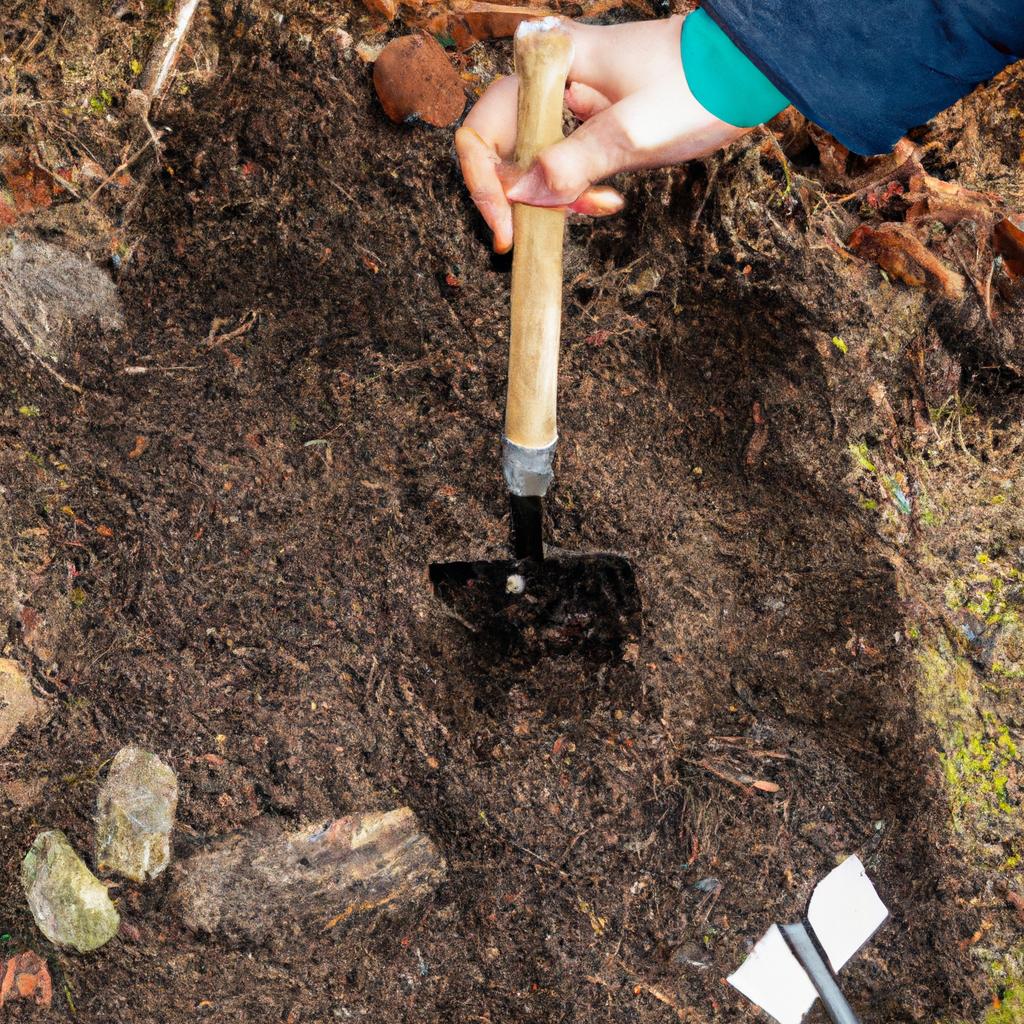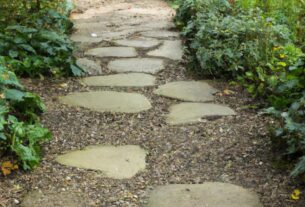If you’re a gardening enthusiast, you understand the significance of healthy soil in achieving a bountiful harvest. However, how can you be sure that your garden soil is in good health? This is where garden soil testing comes into play.
What is Garden Soil Testing?
Garden soil testing involves analyzing soil samples to determine nutrient levels, pH, texture, and the presence of contaminants. By understanding this information, gardeners can adjust their soil’s chemistry to ensure optimal plant growth and yields.
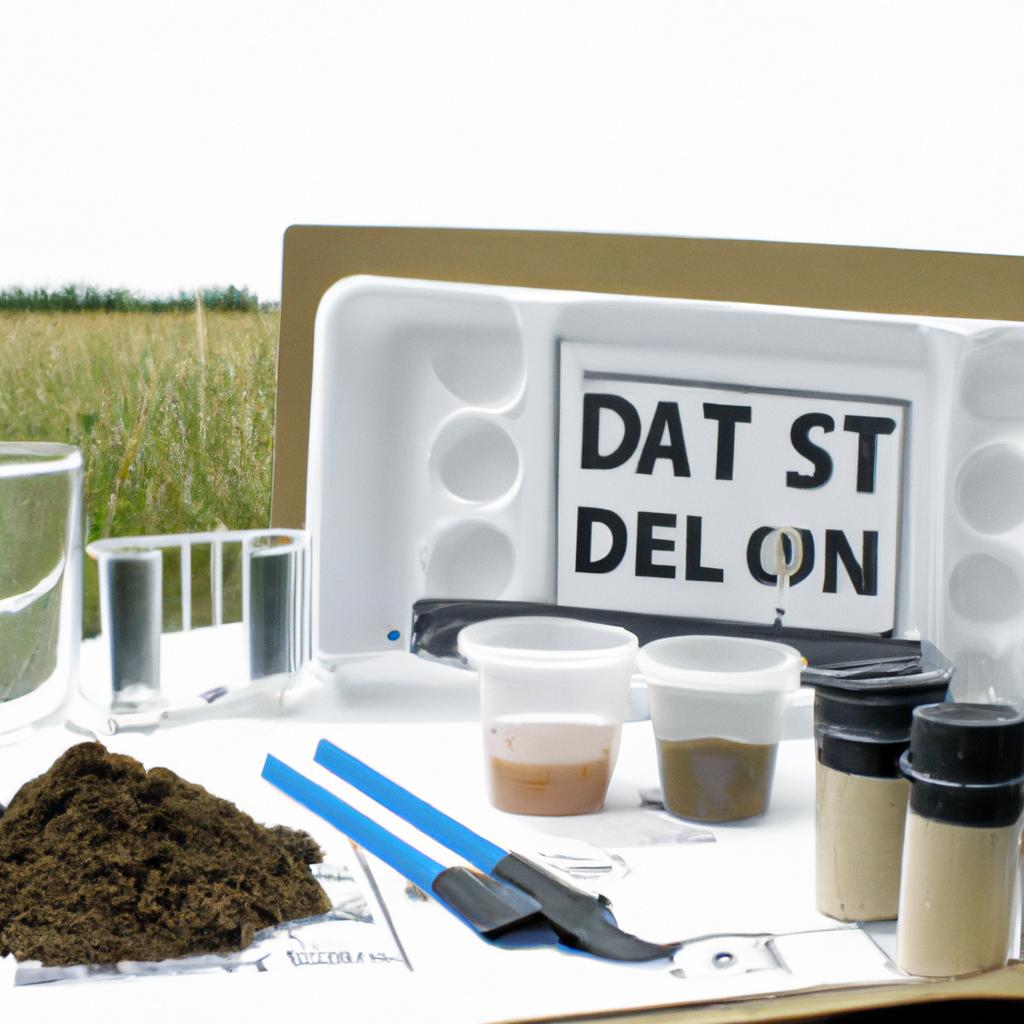
DIY soil testing kits are affordable and easy to use for home gardeners.
The Importance of Garden Soil Testing
Healthy soil is vital for healthy plants. Soil that lacks nutrients or has imbalanced pH levels can lead to stunted growth, poor yields, and even plant death. By testing your garden soil, you can identify deficiencies or imbalances and make necessary adjustments to provide the optimal nutrients for your plants to thrive.
Moreover, proper soil testing can save you time, money, and effort in the long run. By identifying nutrient deficiencies early, you can adjust your soil’s chemistry before planting, reducing the need for costly fertilizers and soil amendments later on.
In short, garden soil testing is essential for any gardener who wants to ensure their soil is healthy and their plants are thriving. In the following sections, we’ll explore the reasons for garden soil testing, the different types of testing available, and how to interpret soil test results.
Nutrient Deficiency
One of the main reasons for soil testing is to determine if the soil has adequate levels of essential plant nutrients. Nutrient deficiencies can hinder plant growth, reduce yields, and make plants more vulnerable to diseases and pests. By testing your soil, you can identify which nutrients are lacking and provide them in the right amounts for optimal plant growth and health.
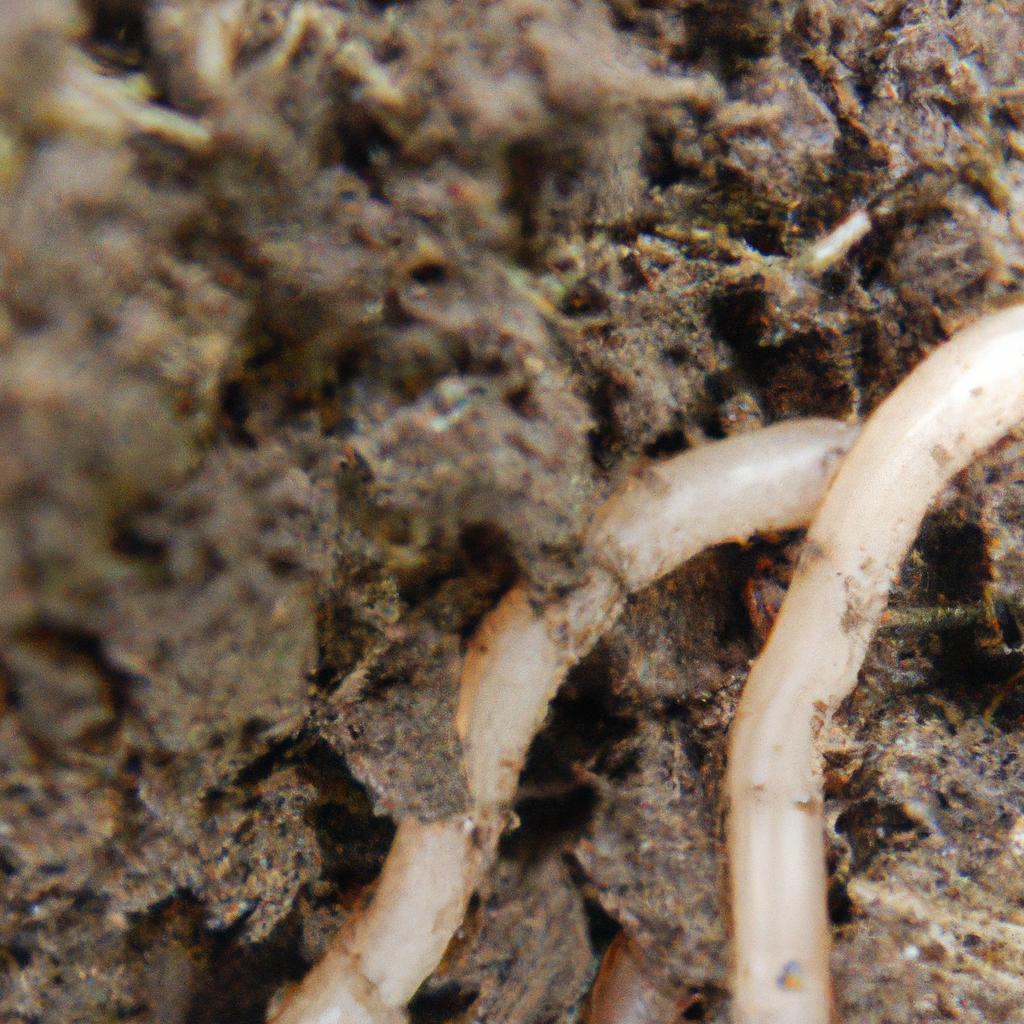
Healthy soil contains a diverse ecosystem of organisms that support plant growth.
pH Levels
Soil pH affects the availability of nutrients to plants. If the pH is too high or too low, certain nutrients may become inaccessible to plants, even if they are present in the soil. A soil test can determine your soil’s pH and help you adjust it within the appropriate range for the plants you want to grow. Most plants prefer a pH range of 6.0 to 7.0, but some plants have specific pH requirements.
Soil Texture
Soil texture refers to the size of soil particles and influences water and nutrient holding capacity. Sandy soils drain quickly and require more frequent watering and fertilization, while clay soils retain moisture and nutrients but can become waterlogged. Soil testing can determine your soil’s texture, allowing you to choose the right plants, adjust watering and fertilization schedules, and improve soil quality over time.
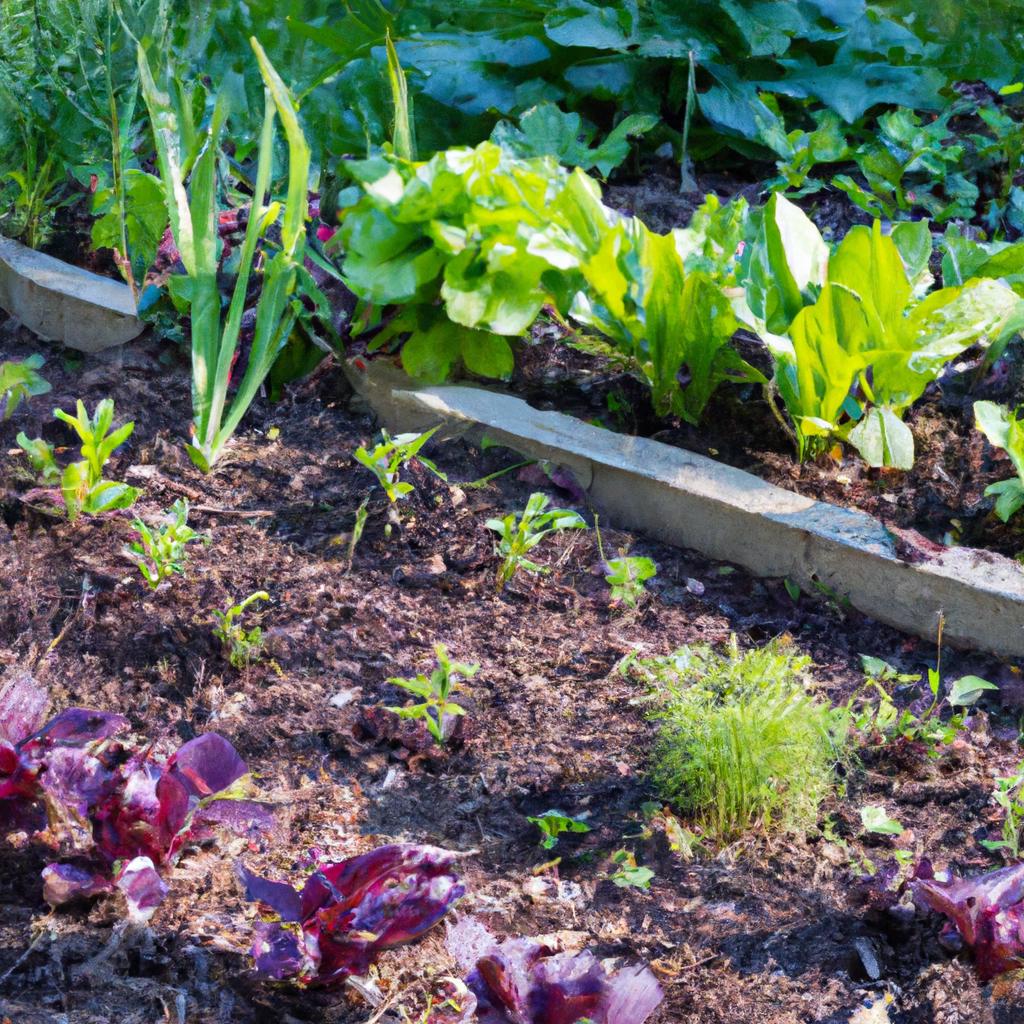
Regular garden soil testing ensures healthy plant growth and optimal yields.
Contaminants
Soil can become contaminated with heavy metals, pesticides, and other toxins that can harm both plants and humans. Soil testing can identify the presence of contaminants and help you take steps to reduce or eliminate them. For example, if your soil contains lead, you may need to plant in raised beds or containers to avoid exposing your plants to the toxin. If your soil contains pesticides, switching to organic gardening practices may be necessary to reduce exposure to harmful chemicals.
In the next sections, we’ll explore the different types of garden soil testing available, how to collect soil samples, and how to interpret soil test results.
Types of Garden Soil Testing
There are two main types of garden soil testing: DIY soil testing kits and professional soil testing services.
DIY Soil Testing Kits
DIY soil testing kits are affordable and easy to use, making them an excellent option for home gardeners. These kits typically include pH tests and tests for essential nutrients like nitrogen, phosphorus, and potassium. By following the kit’s instructions and analyzing the results, you can adjust your soil’s chemistry accordingly.
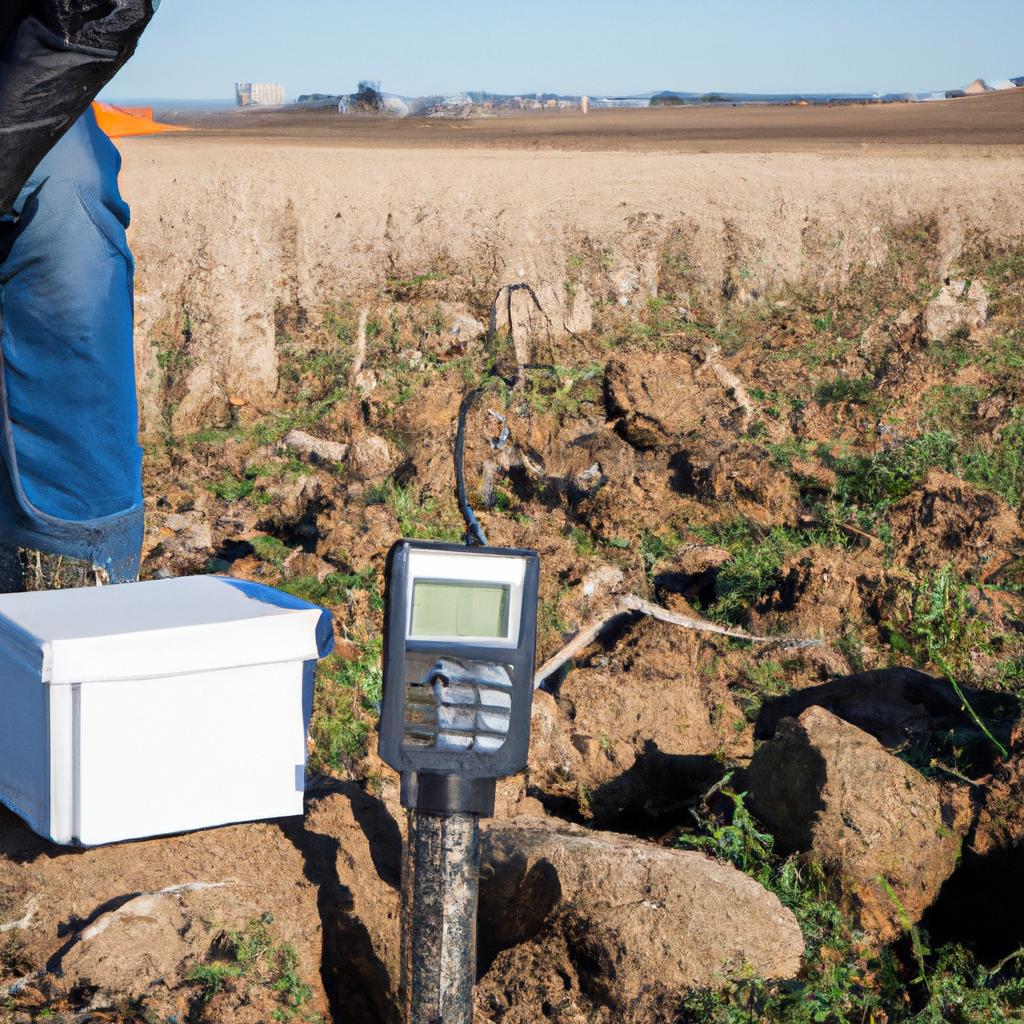
Professional soil testing services provide accurate and detailed results for farmers.
Professional Soil Testing Services
Professional soil testing services are offered by agricultural extension services, soil testing laboratories, and some garden centers. These services provide more detailed analyses of nutrient levels, pH, texture, and the presence of contaminants. To use a professional service, you’ll need to collect a soil sample and send it to the lab for analysis. The lab will provide a detailed report with recommendations for improving your soil’s chemistry.
How to Collect Soil Samples
Collecting a soil sample is the first step in garden soil testing. Here’s how to do it:
Tools Needed
You’ll need the following tools to collect a soil sample:
- A clean bucket or container
- A garden trowel or soil sampler
- A clean plastic bag or container for storing the sample
Sample Collection Techniques
To collect a soil sample:
- Choose a representative area of your garden, avoiding recently fertilized or limed areas, as this can affect the test results.
- Using a garden trowel or soil sampler, dig a small hole about 6-8 inches deep.
- Remove a small amount of soil from the hole and place it in the clean bucket or container.
- Repeat steps 2-3 in several locations throughout your garden to get a representative sample.
- Mix the soil in the bucket or container thoroughly to ensure a consistent sample.
- Take a small amount of soil from the mixed sample and place it in a clean plastic bag or container.
Sample Storage
Proper sample storage is important for accurate test results. Here’s how to store your soil sample:
- Label the plastic bag or container with your name, the date, and the location where the sample was collected.
- Store the sample in a cool, dry place until you’re ready to send it to the lab or use a DIY soil testing kit.
By following these steps, you can collect a representative soil sample and ensure accurate test results. In the next section, we’ll explore how to interpret soil test results.
Interpreting Soil Test Results
Soil testing provides valuable information about your garden soil, but interpreting the results can be overwhelming if you’re new to gardening.
Understanding Soil Test Reports
Soil test reports typically include information about pH, nutrient levels, and recommendations for adjusting soil chemistry. Understanding these recommendations is crucial to adding the right nutrients in the right amounts. Some reports provide specific recommendations for fertilizer application, while others offer general guidelines. If you’re unsure about how to interpret your soil test report, don’t hesitate to reach out to a gardening expert or a local cooperative extension office for guidance.
Adjusting Soil pH
Adjusting soil pH is a common reason for soil testing. If your soil’s pH is too high or too low, you can adjust it by adding lime or sulfur, respectively. The amount of lime or sulfur required depends on your soil’s pH and your target pH. It’s important to follow the recommendations on your soil test report to avoid over or under-adjusting your soil’s pH.
Adding Nutrients
If your soil test report indicates nutrient deficiencies, you can add the appropriate nutrients to ensure optimal plant growth. The type and amount of nutrients needed depend on your soil’s nutrient levels and the plants you intend to grow. Some reports provide specific recommendations, while others offer general guidelines. Carefully following the recommendations on your soil test report will prevent over or under-fertilizing your soil, which can harm your plants and the environment.
Conclusion
In conclusion, garden soil testing is a vital tool for any gardener who wants to ensure their soil is healthy and their plants are thriving. Regular soil testing can help you identify nutrient deficiencies, adjust soil pH, improve soil texture, and reduce the presence of contaminants.
At TooLacks, we believe that healthy soil is the foundation of a thriving garden. That’s why we encourage all gardeners to make soil testing a regular part of their gardening routine. Happy gardening!
